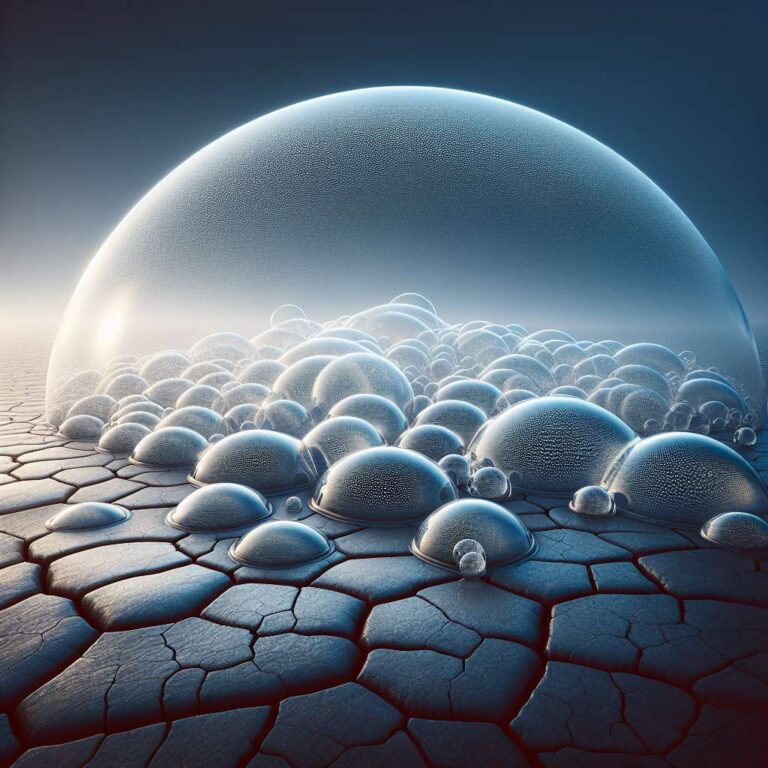About 2.2 billion people lack access to safe drinking water, while the atmosphere contains vast quantities of vapor. Researchers at MIT have developed an atmospheric water harvester that uses an absorbent hydrogel with greater vapor-carrying capacity than some previously used materials. To boost uptake, the team molded the gel into a pattern of small domes resembling bubble wrap, increasing surface area and reducing the risk of salt leakage from embedded salts used to raise absorption.
The prototype encloses a half-square-meter panel of the textured hydrogel inside a glass chamber coated with a cooling polymer film. As the material releases captured vapor, the domes shrink in an origami-like transformation, and the released vapor condenses on the cooled glass. Condensed water then flows out through a tube. Unlike several other designs, this system runs entirely on its own and does not require batteries, solar panels, or grid electricity.
The team ran the device for more than a week in Death Valley, California, and reported production rates up to 160 milliliters per day under those extremely dry conditions. The researchers described having built a meter-scale device and said they hope to deploy units in resource-limited regions where even a solar cell may be inaccessible. They estimate that a small array of the panels could passively supply a household with drinking water even in desert environments, with higher yields expected in temperate and tropical climates.

